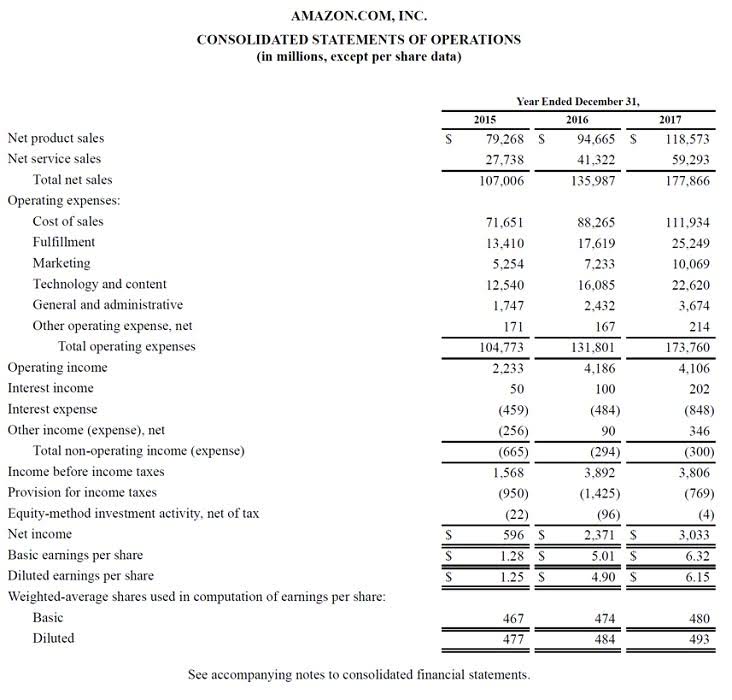
A period cost is typically selling, general and administrative costs expensed on the income statement when it is incurred. On a traditional income statement, costs or expenses are classified as product or period. On a contribution margin income statement, costs or expenses are classified as variable or fixed. Regardless of how the costs are classified, reported net operating income or loss bookkeeping is always the same on both income statement formats.

Product Cost vs Period Cost
Accountants treat all selling and administrative expenses as period costs for external financial reporting. Period expenses are closely related to periods of time rather than units of products. For this reason, Bookstime businesses expense (deduct from revenues) period costs in the period in which they are incurred.
- Direct Labor, Direct Materials, and Sales Commissions are examples of costs that can be directly allocated.
- We said in the previous post that direct costs are those that are easy to trace to a cost object.
- Examples are depreciation, property taxes, and some executive salaries.
- Most recurring costs can be classified as fixed, variable, or mixed.
- Inventory is a significant investment for many businesses, making effective inventory management crucial for both operational efficiency and financial performance.
- Unlike manufacturing or merchandising organizations, which deal with tangible products, service organizations provide intangible offerings that cannot be inventoried.
Role of Product Costs in Manufacturing and Merchandising Organizations
Expert guide to accounting period costs managerial accounting reserve account management & fund allocation strategies for businesses, optimizing financial efficiency & growth. Analyzing Period Costs enables management to evaluate the performance of different departments and identify areas for improvement. Considering Period Costs in investment decisions helps businesses assess the potential return on investment (ROI) and allocate capital to projects that generate the highest value. Monitoring and managing Period Costs helps businesses identify inefficiencies and control expenses to achieve cost reduction objectives. By accurately forecasting Period Costs, businesses can develop realistic budgets and allocate resources effectively. While the basic service charge remains fixed, the overall utility bill can increase or decrease based on consumption.

Product vs Period Costs
One of the most prevalent examples of period costs includes fixed costs. These constitute any expenses that remain constant for a given period. Usually, fixed costs consist of fixed production overheads and administrative expenses.
- The total cost for rent is always the same regardless of how many drinks they sell.
- Many employees receive fringe benefits paid for by employers, such as payroll taxes, pension costs, and paid vacations.
- By accurately forecasting Period Costs, businesses can develop realistic budgets and allocate resources effectively.
- This forward-looking approach enables companies to predict potential financial challenges and opportunities, allowing for proactive adjustments to their strategies.
- The above points cover most differences between period and product costs.
- Usually, these period costs are a part of the budgets prepared by companies.
- An activity driver is an activity that causes the incurrence of the variable cost.

Adam received his master’s in economics from The New School for Social Research and his Ph.D. from the University of Wisconsin-Madison in sociology. He is a CFA charterholder as well as holding FINRA Series 7, 55 & 63 licenses. He currently researches and teaches economic sociology and the social studies of finance at the Hebrew University in Jerusalem.


